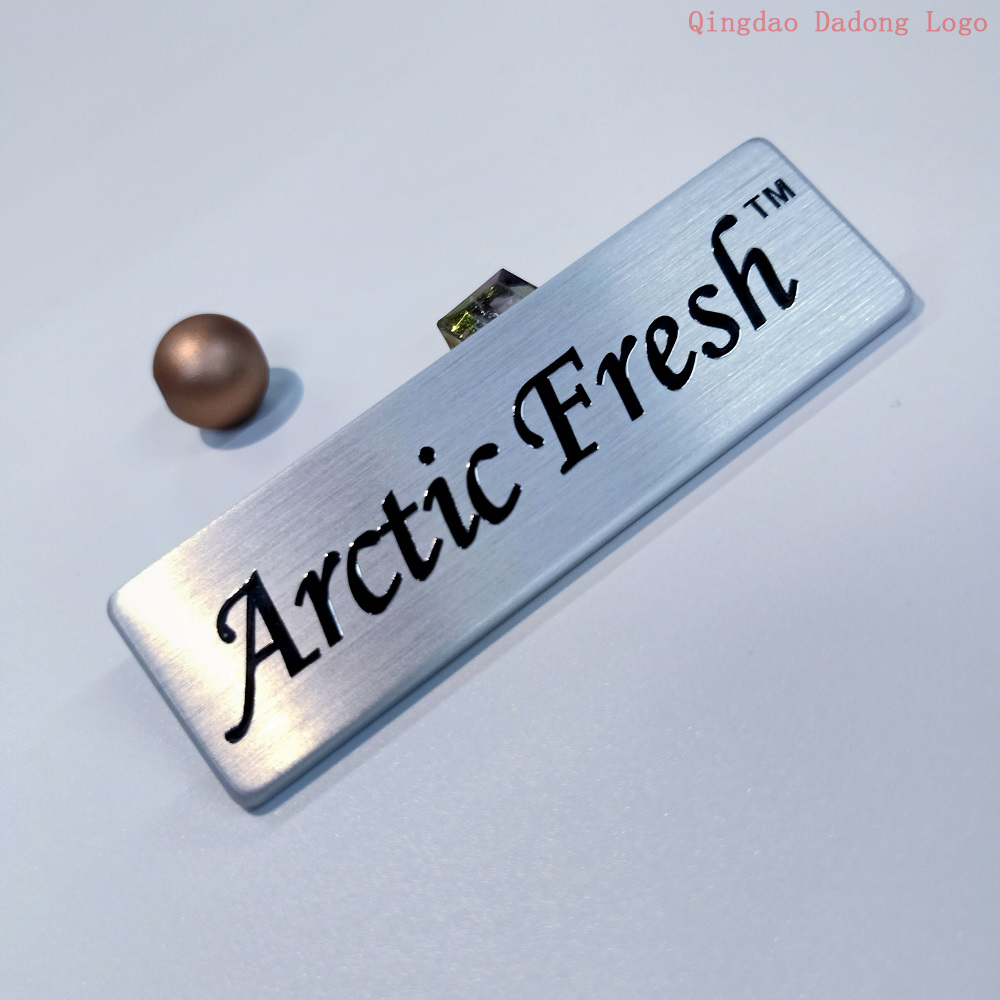NEWS
How to Identify Aluminum Nameplates
Writer:admin Time:2023-07-03 14:26 Browse:℃
When it comes to aluminum, everyone is familiar with it, and it can even be said to be a very familiar material. In our daily lives, aluminum products can be seen everywhere, including various stainless steel and nickel products, such as earphone signs, JBL sound signs, Harman sound signs, various car sound signs, coffee machine signs, washing machine signs, air conditioning signs, and so on
So, how should we correctly identify aluminum signs?
As a Chinese signage manufacturer and signage production company, we will use our professional perspective to teach you how to distinguish aluminum signage through the following methods.
1. Weight: Aluminum has a relatively low density, so other stainless steel or nickel signs are much lighter. We can directly weigh or weigh them by hand to distinguish.
2. Hardness: The chemical structure of aluminum is not very stable, and its texture is relatively soft. Compared to other materials of labels, it is more prone to deformation. Of course, you can also use a small knife to gently scratch the surface of the product, which is generally more prone to scratches, and most of it is also aluminum.
3. Price difference: The price of aluminum signs will be more affordable and cheaper, unless other difficult processes are added.

4. Plasticity: Aluminum has a softer texture, making it easier to machine into various complex shapes and stamping depressions. Generally, the shapes are relatively complex and irregular, and are mostly customized with aluminum materials.
5. Color: Aluminum is a dull silver white pure metal that can be scraped off the surface or sides with a knife. Generally, the base color is silver white, which is the basic feature of aluminum.
6. Magnetism: Aluminum does not have magnetism, so if it is adsorbed with a magnet, what cannot be adsorbed can also be used as one of the determination methods for aluminum.
7. Welding: The thickness of aluminum is generally relatively thin and the material itself is relatively soft. Therefore, if aluminum labels are used for welding, they often become black or hollow due to the difficulty in withstanding the high temperature of welding.
8. Surface treatment: Aluminum signs can undergo various surface treatment processes including sandblasting, polishing, embossing, wire drawing, electroplating, spraying, anodizing, electrophoresis, etc.
CATEGORIES
LATEST NEWS
CONTACT US
WhatsApp: +8615806503075
Tel: +8615806503075
Email: percy@dadonglogo.com
Addr: 7 Tonghe Road, Pingdu, Qingdao
